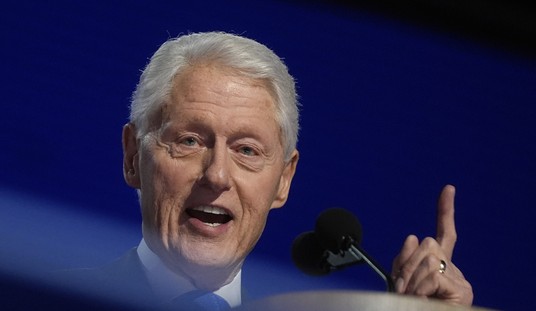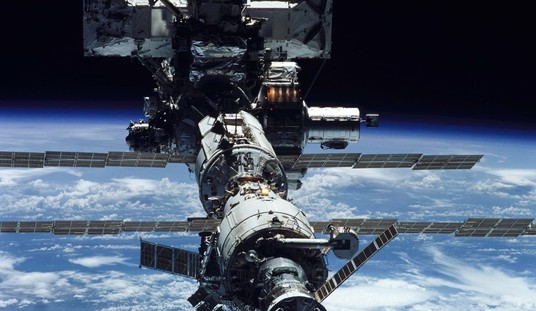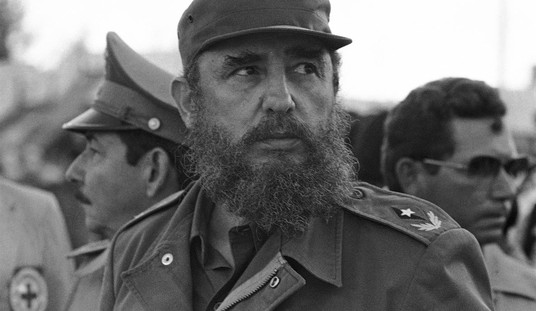In 1972, an unknown singer, Maureen McGovern, was plucked from obscurity to sing "The Morning After," the theme song for the epic disaster film The Poseidon Adventure. The song won the Oscar for Best Original Song, and McGovern went on to have an up-and-down career.
But the words came rushing back to me after all that recently transpired in Israel and the Middle East.
There's got to be a morning after
If we can hold on through the night
We have a chance to find the sunshine
Let's keep on lookin' for the light
Oh, can't you see the morning after
It's waiting right outside the storm
Why don't we cross the bridge together
And find a place that's safe and warm
No, the Middle East hasn't radically changed in the last 48 hours. But for one of the only times in my life, the Middle East has a chance to change radically.
There is the promise of joy — not the absolute certainty of success — only the promise. What makes this promise so compelling is that whatever success is achieved as a result of the events that have transpired over the last two years will have been won through the most basic of power equations: the brutal reality of naked military power.
It simply doesn't get any more "real" than that. And a cursory glance at history will tell you that, in the end, the only reality that has ever mattered is one person or one government imposing its will on others through brute force.
"That may be true, but this is no way to build a peaceful world," a diplomat or pacifist might say. My response is, "How do you know?"
The "Pax Romana" lasted 200 years (67 AD to 180 AD), and not coincidentally, the other great empires of the day, India and China, also enjoyed an unprecedented period of peace and prosperity. Rome, the Han Dynasty, and the Kushan Empire didn't find peace and prosperity by playing nice. Conquest and brutal occupations led to an absence of war. The "peace" that so many of our liberal brethren pine for has never existed.
Peace in the Middle East is elusive because nobody can agree on what "peace" should look like. Everyone's vision of a Middle East without conflict is at odds with all the other interested parties. One large part of the peace puzzle in the region is the Israel-Palestinian conflict. In many ways, the future of the Middle East without conflict is dependent on how this ethno-religious tug of war is resolved.
What has happened these last two years has created the conditions for this conflict to end. Not only the Israel-Hamas ceasefire, but the end of the Assad regime in Syria, the exposure of Iran as a paper tiger, and all the dominoes that are continuing to topple, like Turkey's turn toward Israel, the rise of Saudi Arabia as a regional power, and a probable future signatory to the Abraham Accords, have changed the landscape of power and upended the status quo.
The brilliant achievement of the Abraham Accords was Israel’s ability to establish peace with four Arab states, without making concessions on the Palestinian issue. It was a moment led by the United Arab Emirates, a country that could not stand the corrupt, terror-supporting Palestinian Authority. Saudi Arabia was meant to be next. The date it was supposed to join: October 19, 2023.
Twelve days before that date, Hamas murderers invaded Israel. Their immediate goal was to kill and rape as many as possible, but the timing was also intended to block Israeli normalization with Saudi Arabia. For two years, they succeeded. Israel drifted further and further from the moderate Arab states. Qatari money, which bankrolled Hamas’s terror, kept Israel locked in conflict. Meanwhile, the Jewish state received more and more condemnations from the international community for causing supposed “starvation” and “genocide.”
The tsunami allegory is relevant to what has transpired — the Israel-Hamas-U.S. war has changed the contours of the Middle East. Few thought it possible. The Trump-Netanyahu partnership proved otherwise.










